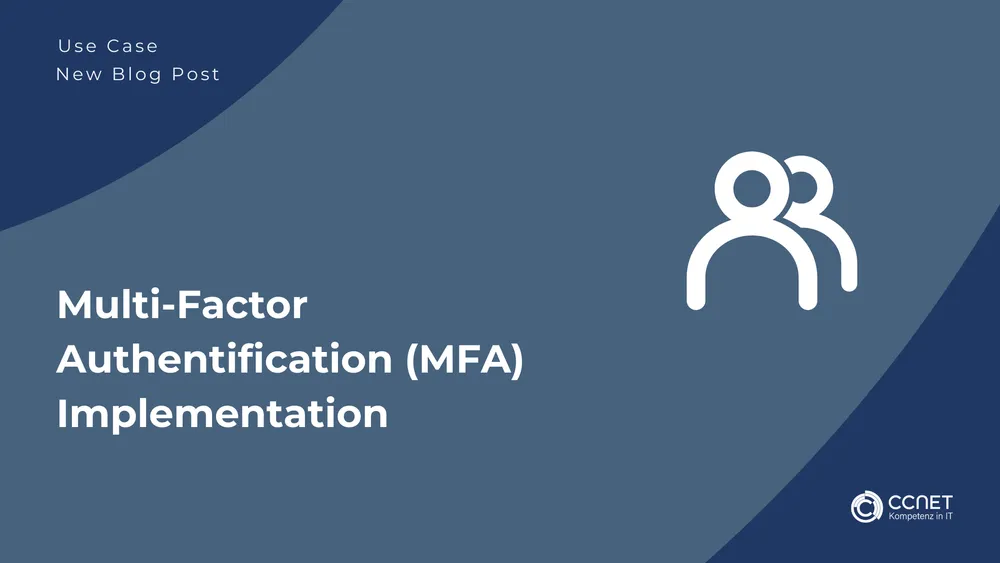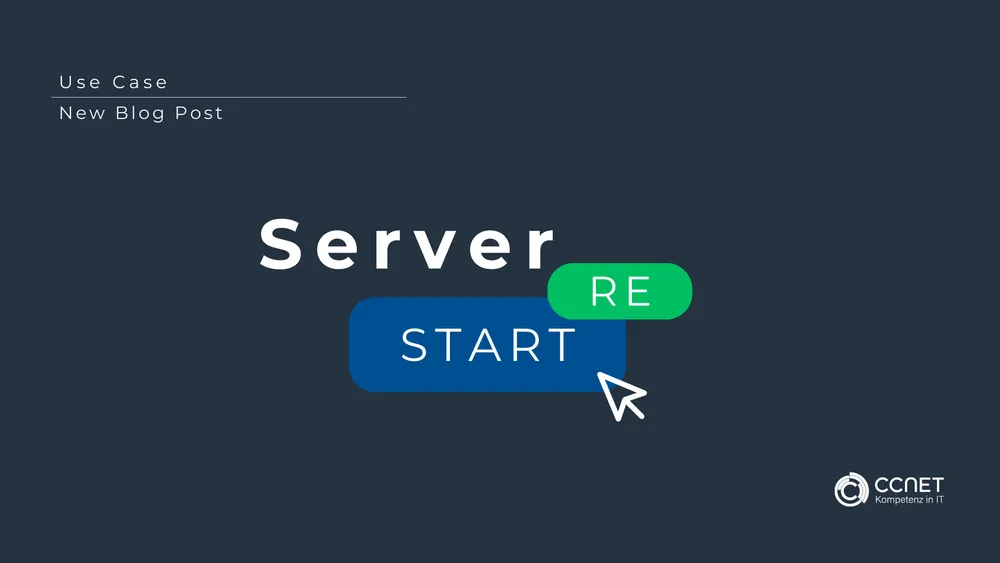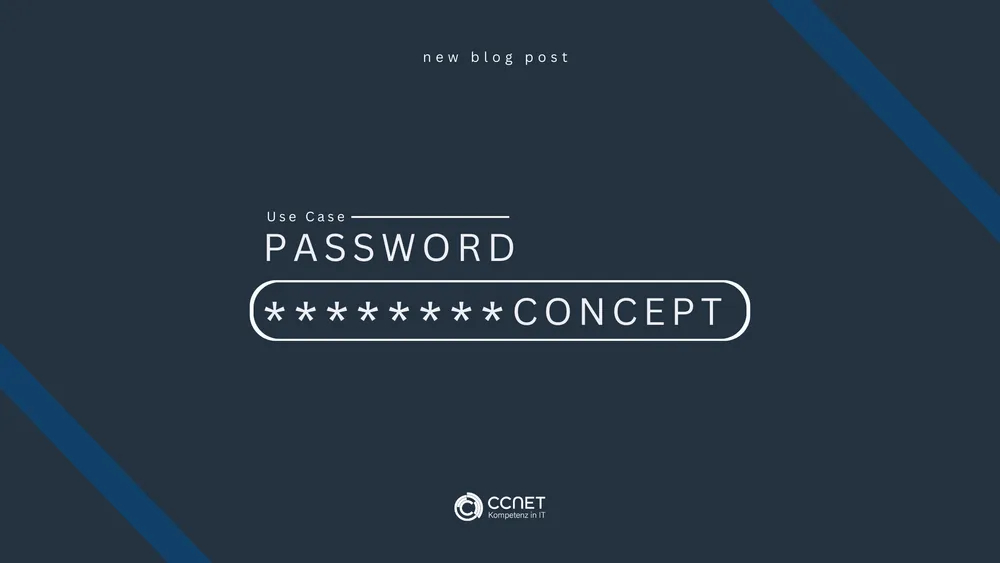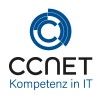
CCNet
Jun 21, 2024 • 2 min read
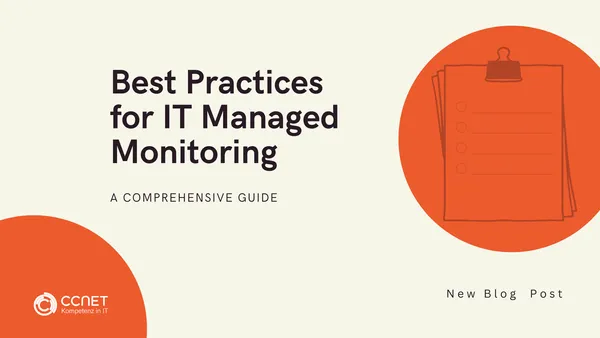
Best practices for IT managed monitoring
IT managed monitoring is an essential part of any IT strategy. Monitoring and managing IT infrastructures is a key contributor to security, efficiency and avoiding downtime. Based on the latest recommendations and best practices, including updated guidance from the Bundesamt für Sicherheit in der Informationstechnik (BSI), we present a guide to best practice in IT managed monitoring.
Compliance with security standards
The current landscape of cyber threats requires rigorous compliance with security standards. The recent BSI guidelines on the implementation of Zero Trust systems provide an excellent framework for implementing a secure IT infrastructure. Zero Trust is based on the principle of "never trust, always verify" and is crucial for protection against advanced cyberattacks.
Comprehensive IT infrastructure analysis
A detailed analysis of the IT infrastructure is the cornerstone of any effective IT managed monitoring program. This analysis should cover all aspects of the IT environment, including hardware, software, networks and endpoints. Organizations should conduct regular vulnerability assessments to identify and close security gaps.
Proactive optimization
IT managed services should not only reactively respond to problems, but proactively detect system failures and security risks. By implementing a comprehensive monitoring system that continuously monitors the IT infrastructure, companies can minimize downtime and optimize system performance. Solutions such as "Scrypt" offer personalized monitoring options tailored to a company's specific needs.
Proof of efficiency and compliance documentation
Another important aspect of IT managed monitoring is the ability to demonstrate system efficiency and compliance with relevant standards and regulations. This is particularly important for companies that are subject to regular audits. Precise documentation of monitoring activities and results supports compliance and facilitates audits.
Conclusion
At a time when reliance on IT systems continues to increase, a robust IT managed monitoring system is not a luxury, but a necessity. Following best practices as suggested in the BSI guidelines will ensure that organizations can effectively protect and optimize their IT infrastructures. By implementing these strategies, organizations can not only improve their security and efficiency, but also gain a clear competitive advantage in the digital economy.
Further information can be found here: IT Managed Services
FAQs about best practices for IT managed monitoring
Why is IT managed monitoring so important today?
Because it minimizes downtime, detects security risks early on, and improves the performance of the entire IT infrastructure.
What role do BSI guidelines play in IT managed monitoring?
They provide recognized security standards, such as for zero-trust architectures, and form an important basis for a secure IT strategy.
What does a comprehensive IT infrastructure analysis involve?
The recording of hardware, software, network components, and end devices—including vulnerability assessment for risk minimization.
What is the difference between reactive and proactive monitoring?
Proactive monitoring detects potential problems before they occur, while reactive monitoring only intervenes in the event of failures or incidents.
How does IT managed monitoring support audits and compliance?
Through complete documentation and verification of system efficiency and compliance with legal and industry-specific regulations.
